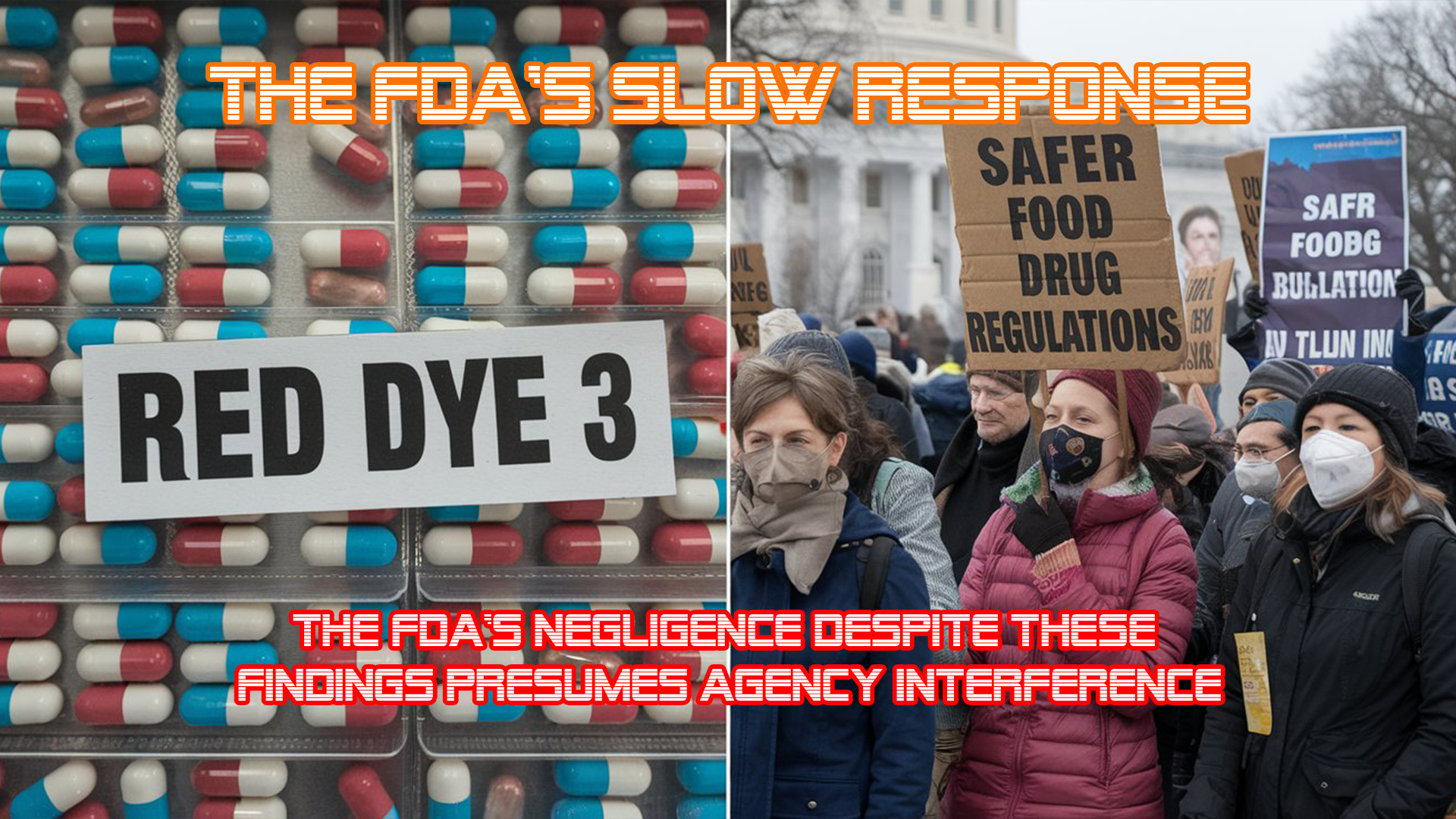
The Impact of Red Dye 3: A Double-Edged Sword for Pharmaceutical Companies and Governments Introduction
Red dye 3, also known as erythrosine, has been a staple in the food and pharmaceutical industries for decades. However, its recent ban by the US Food and Drug Administration (FDA) due to its carcinogenic properties has sparked significant economic debate. This article explores the implications of this ban for pharmaceutical companies, governments, and the general public, highlighting the health policy failures and ethical dilemmas faced by the industry.
The Rise and Fall of Red Dye 3
Red dye 3 was widely used in various products, from candy to medicines, due to its vibrant color and stability. However, studies dating back to the 1980s linked it to cancer in laboratory animals, raising alarm bells among health advocates. The FDA’s negligence despite these findings presumes agency interference to keep the dye in use until recent regulatory actions were prompted by public outcry and mounting evidence of its dangers.
Possible corruption within the agency already seems to be very evident when it takes an exaggerated amount of time to approve products that could harm large companies due to their low costs and withdraw products that benefit large corporations, also benefiting the large corporations in this equation at the expense of the citizen.
Economic implications for pharmaceutical companies
The ban on red dye 3 poses immediate challenges for pharmaceutical companies that have relied on this dye to color drugs, particularly pediatric formulations. Reformulating products to exclude Red 3 will involve significant costs, including:
Research and development: Companies will need to invest in finding suitable alternatives that maintain the aesthetic appeal and efficacy of their products.
Regulatory compliance: New formulations must undergo rigorous testing and approval processes, further straining resources.
Market dynamics: Removing Red 3 could lead to changes in consumer preferences, potentially impacting sales of affected products.
Conversely, this situation presents an opportunity for companies that can innovate and adapt quickly, potentially capturing market share from slower competitors.
Government response and public health policy failures
Governments around the world face the challenge of balancing public health with economic interests. The delay in taking action on Dye Red 3 reflects broader systemic problems in health policy frameworks, including:
Regulatory delays: The FDA’s slow response to cancer risks associated with Dye Red 3 has been criticized as a failure to adequately protect public health.
Industry influence: Pharmaceutical companies have historically exerted significant influence over regulatory processes, often prioritizing profits over safety. This has led to a lack of transparency and trust among consumers.
The recent ban signifies a shift toward stricter regulatory practices, but also raises questions about the effectiveness of existing health policies and the need for reforms.
The broader economic impact
The economic ramifications of the Dye Red 3 ban extend beyond the pharmaceutical sector. Governments may face higher health care costs associated with treating diseases linked to the dye, while consumers may experience higher prices for reformulated products. In addition, the ban could spur growth in the natural food coloring market as companies seek safer alternatives.
The Red Dye 3 case serves as a warning about the intersection of public health, corporate responsibility, and economic interests. As pharmaceutical companies grapple with the challenges posed by the ban, governments must reevaluate their health policies to ensure that consumer safety takes priority over corporate profits. The ongoing dialogue around Red Dye 3 highlights the need for transparency, accountability, and a commitment to public health in the face of corporate influence.





